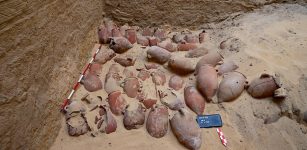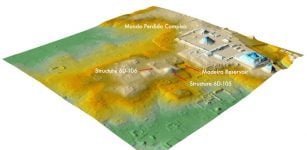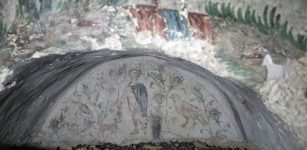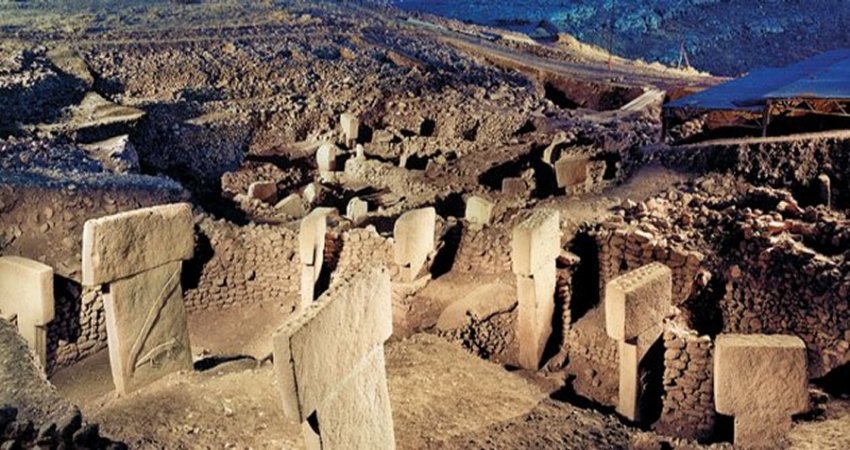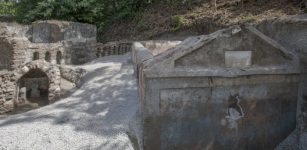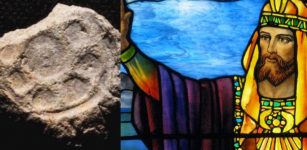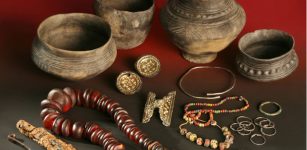1,800-Year-Old Entrance To Turkey’s Zerzevan Castle Found Among The Ruins
Conny Waters – MessageToEagle.com – An ancient castle known as Zerzevan Castle is considered as one of the best-preserved Roman garrisons of the world. Both architecture and style of this ancient castle are unique.
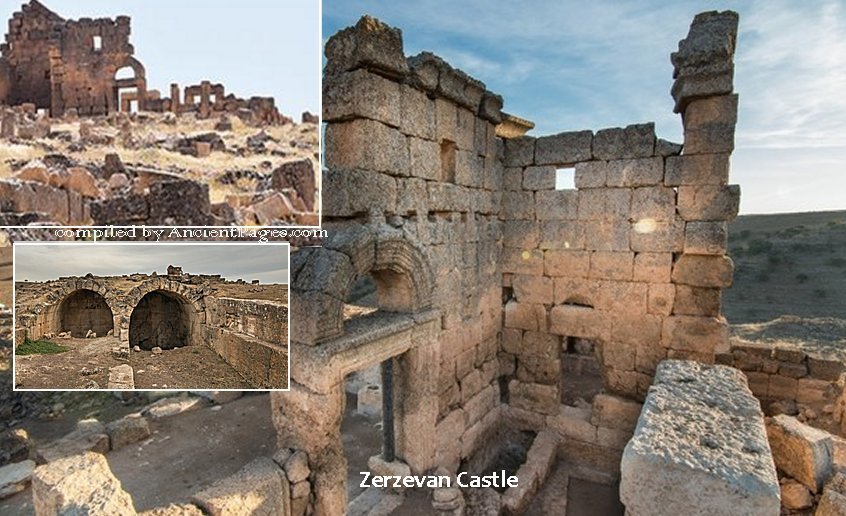
Carried out for six years, excavations at the site of the castle have yielded many valuable prehistoric remains. One of the most significant 2017 findings was the Mithraeum – a 1,700-year-old Roman-era temple used by the followers of an ancient Roman mystery religion.
In 2018, archaeologists found two new corridors in the temple, only a year later, in 2019, the excavations revealed 1,500-yea-old lamps, also found in the vicinity of the temple.
The Zerzevan Castle is located in southeastern Diyarbakır province, southeastern Turkey. It is worth noting that Diyarbakır province has long been home to many civilizations and the surrounding area of the province is rich in stone carvings and artifacts dated to Mesolithic era.
This part of Turkey is a historical place that experienced diverse rulers such as the Akkadians, Hurrians, Mittani, Medes, Hittites, Armenians, Neo-Babylonians, Achaemenids, Greeks, Romans, Parthia, Byzantium, Sassanids, Arabs, Seljuk Empire, Mongol Empire, Safavid dynasty, Marwanids, and Ayyubids.
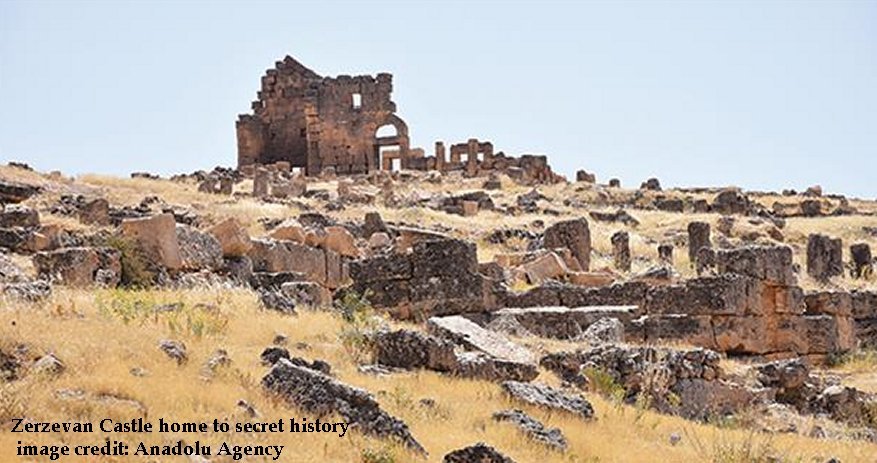
Now, the 1,800-year-old entrance to the Zerzevan Castle was unearthed, and it sheds more light on the history of this structure. The ruins of the castle include remains of its walls measuring 12 to 15 meters (39 to 49 feet) high by 1,200 meters long, its 21-meter-high observation and defense towers, a church, an administration building, residential houses, grain and weapons warehouses, underground sanctuaries, rock tombs, water channels and 54 cisterns on an area of approximately 60 acres (24 hectares), writes Daily Sabah.
The excavations started at the site of the castle in 2014 and have uncovered important data about the history of the area, associate professor Aytaç Coşkun, the head of the excavation team, told Anadolu Agency (AA). He also said that the team started excavation work on the castle’s defensive walls for the first time this year.
See also:
1,700-Year-Old Underground Temple Of Mithras Unearthed In East Anatolia, Turkey
1,500-Year-Old Ancient Lamps Unearthed In Zerzevan Castle In Southeast Turkey
New Discoveries In Excavated Ancient Temple Linked To Secret Mithras Religion
“The Romans were constantly at war with the Sassanids, which is why the thickness of the defensive walls varies between 2 and 3 meters. They built very high, very thick walls. We have seen that they started to work on the fortification line in the castle,” Coşkun added.
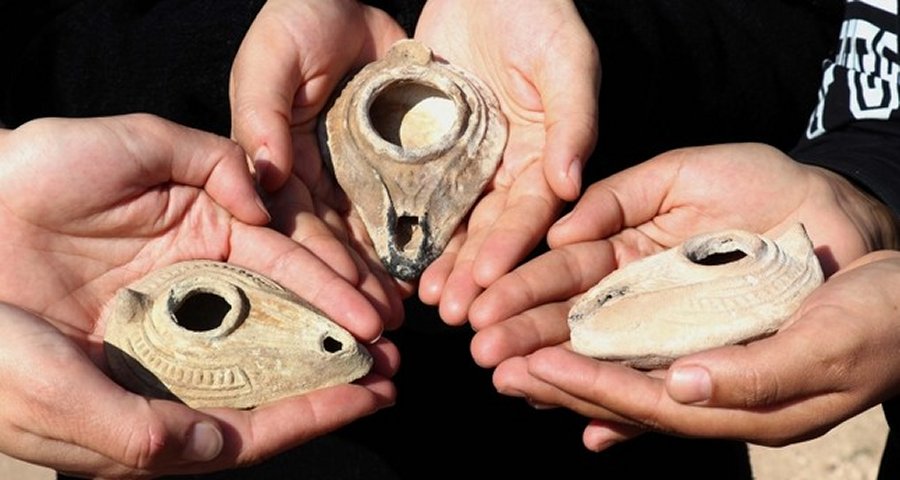
Ancient lamps discovered during excavations at the site of Zerzevan Castle, Turkey. Image credit: AA
Coşkun also informed that this year, the archaeologists located the entrance to the 1,800-year-old castle. We have identified an important point in terms of defense architecture of the castle. The castle is very important in terms of changing the history of the region and tourism.
Some 450,000 local and foreign tourists visited the castle last year. Had it not been for the pandemic this year, we were expecting 1 million visitors. Despite this, 100,000 visitors came in eight months. It is an important figure. This number could reach 300,000 by the end of the year.”
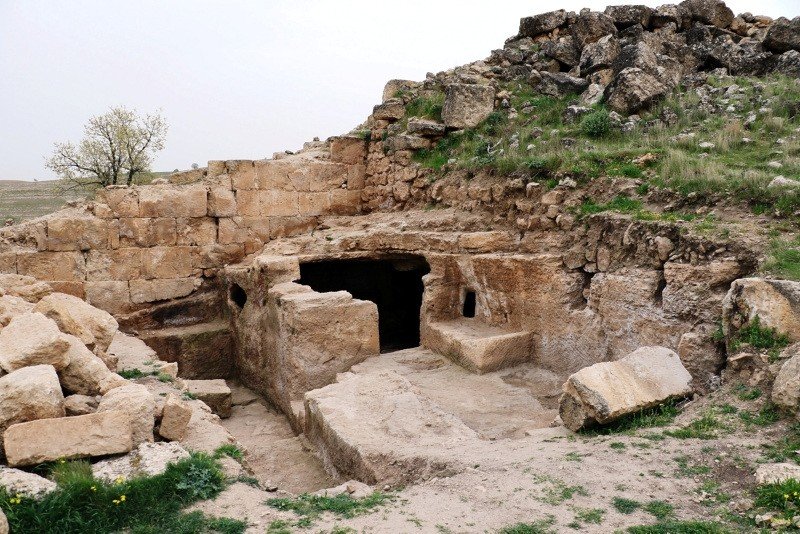
Two corridors in a 1,700-year-old Roman-era temple belonging to the Mithras religion as part of the excavations conducted in the Zerzevan Castle in southeastern Diyarbakır province in 2018. Image credit: IHA
Coşkun added that they have started to work in line with the goal of the castle’s inclusion on UNESCO’s World Heritage List.
Zerzevan Castle is located on a 124-meter rocky hill at a strategic point between the ancient cities of Amida and Dara. This perfect location gave the possibility to control a large area on the ancient trade route. As the border garrison of Rome, the castle witnessed great military confrontations between the Romans and the Sassanids.
Zerzevan Castle’s history dates back to the Assyrian period (882-611 B.C.). During the Roman period, the main military settlement version of it was built and was used continuously until 639 B.C. Then, the Islamic armies entered the area and conquered it. The walls and structures of the settlement were repaired during the periods of emperors Anastasios (A.D. 491-518) and Justinianos (A.D. 527-565), and some of them were successfully rebuilt.
The excavations are being conducted under the coordination of the Culture and Tourism Ministry with the support of Diyarbakır governor’s office, the Turkish Employment Organization (IŞKUR), Diyarbakır Museum, Diyarbakır Metropolitan Municipality, Çınar district governor’s office, the Association of Turkish Travel Agencies (TÜRSAB), Dicle University, Karacadağ Development Agency and Safir Salt.
Written by Conny Waters – MessageToEagle.com – AncientPages.com Staff Writer

